- Your cart is empty
- Continue Shopping
DNS 500ml (Polly Inven) is an intravenous infusion solution designed for restoring hydration and providing a source of energy to patients requiring medical fluid replacement. It contains Dextrose along with Sodium Chloride in purified water, making it a valuable option for patients suffering from dehydration, weakness, or conditions where fluid and electrolyte balance is disturbed. This sterile solution is widely used in hospitals and clinics to stabilize patients, maintain energy levels, and prevent complications caused by fluid loss. DNS 500ml helps in cases of diarrhea, vomiting, surgery recovery, fever, and infections where the body loses essential water and electrolytes. Its dual action of providing glucose and balancing sodium-chloride makes it highly effective for maintaining proper body function. Prepared under strict medical standards, this infusion is trusted by healthcare professionals for its quality, sterility, and safe use in clinical practice under medical supervision.
Benefits
-
Restores body fluid levels effectively
-
Provides a ready source of glucose for energy
-
Maintains balance of sodium and chloride in circulation
-
Helps in recovery from dehydration due to illness
-
Supports energy supply during surgery recovery
-
Stabilizes patients with weakness and fatigue
-
Prevents hypoglycemia in specific conditions
-
Aids in maintaining normal blood pressure during dehydration
-
Useful in cases of fluid loss due to vomiting or diarrhea
-
Supports better circulation of nutrients in the body
-
Helps in fever and infections by restoring lost fluids
-
Enhances overall strength by providing hydration
-
Suitable for emergency medical use
-
Assists in metabolic functions by providing glucose
-
Trusted solution for use in clinical practice
Possible Side Effects
-
Mild swelling or pain at infusion site
-
Slight irritation of veins during infusion
-
Chance of electrolyte imbalance if overused
-
Fluid overload in sensitive patients
-
Rare allergic reaction may occur
-
Mild chills or fever in some cases
-
Nausea or discomfort occasionally
-
Rare cases of dizziness or headache
-
Flushing or warmth during infusion process
-
Rise in blood sugar if given excessively
-
Shortness of breath in fluid overload situations
-
Possible increased thirst after infusion
-
Fatigue or weakness in rare cases
-
Local redness at infusion site
-
Should be closely monitored in all patients
How to Use
-
Administered only through intravenous route
-
Dosage strictly decided by medical professional
-
Infused slowly as per patient’s condition
-
To be used under hospital or clinical supervision
-
Never for self-administration at home
-
Infusion rate adjusted by doctor or nurse
-
Duration depends on health requirement of patient
-
Only sterile and sealed bottles should be used
-
Monitor patient condition during infusion
-
Do not mix with drugs without medical advice
-
Use only if solution is clear and intact
-
Avoid vigorous shaking of the bottle
-
Infusion must be stopped if reaction occurs
-
Dispose remaining solution after use
-
Always follow medical guidance for safe use
How It Works
-
Provides energy to body cells through glucose supply
-
Restores lost body fluids to maintain hydration
-
Balances sodium and chloride levels in circulation
-
Supports proper metabolic activity in patients
-
Prevents complications from fluid and electrolyte loss
-
Maintains normal functioning of vital organs
-
Improves tissue perfusion by balancing fluids
-
Replenishes water content to support recovery
-
Stabilizes blood pressure in mild dehydration
-
Provides instant hydration in emergencies
-
Helps in preventing hypoglycemia during weakness
-
Supports recovery during post-surgical care
-
Improves overall strength by restoring fluids
-
Maintains essential balance of electrolytes
-
Provides dual benefit of hydration and energy
What to Avoid
-
Avoid self-use without doctor’s prescription
-
Avoid use in uncontrolled diabetes unless prescribed
-
Avoid use in heart failure patients without supervision
-
Avoid in severe kidney disease unless advised
-
Avoid mixing with unknown drugs in same line
-
Avoid reusing bottles after opening
-
Avoid use if solution looks cloudy or contaminated
-
Avoid storage in direct sunlight or extreme heat
-
Avoid rapid infusion without monitoring
-
Avoid ignoring signs of allergic reaction
-
Avoid prolonged infusion beyond medical advice
-
Avoid handling without sterile equipment
-
Avoid exceeding prescribed dose
-
Avoid casual use without proper monitoring
-
Avoid using if bottle seal is broken
Safety Advice
-
Use only under strict medical supervision
-
Always ensure sterile infusion set before use
-
Monitor blood glucose levels during infusion
-
Electrolyte levels should be checked in long term use
-
Inform doctor about all ongoing medications
-
Keep away from reach of children
-
Ensure bottle is intact before starting infusion
-
Maintain proper infusion rate as per doctor
-
Use only in hospital or clinic environment
-
Never use expired infusion bottles
-
Inform doctor about history of heart or kidney disease
-
Watch closely for any allergic signs
-
Report any unusual symptoms immediately
-
Stop infusion in case of discomfort
-
Always discard remaining solution safely
Precautions
-
Should not be used in patients with severe fluid overload
-
Caution advised in diabetic patients to avoid hyperglycemia
-
Careful monitoring required in hypertensive patients
-
Use with caution in elderly patients with comorbidities
-
Children should be given only with pediatric supervision
-
Not suitable for unconscious patients unless directed by doctor
-
Monitor regularly for vein irritation at infusion site
-
Do not refrigerate or freeze solution
-
Handle bottle carefully to avoid cracks
-
Discard unused solution after one-time use
-
Keep stored in cool dry place away from sunlight
-
Must be used slowly to avoid complications
-
Inform healthcare team of past allergies before infusion
-
Always administer under professional guidance
-
Follow doctor’s advice for dose and duration




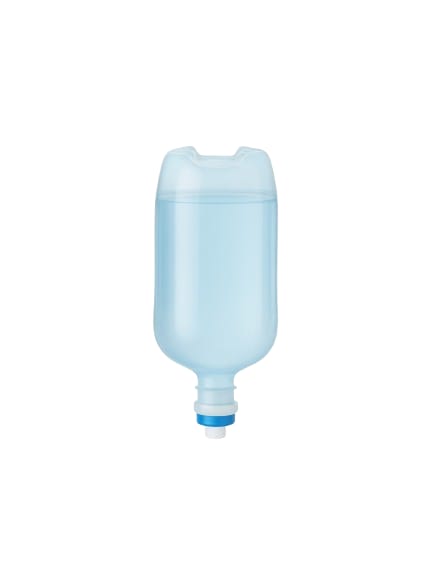
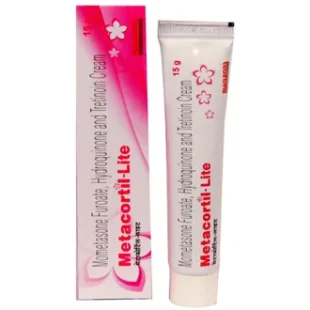
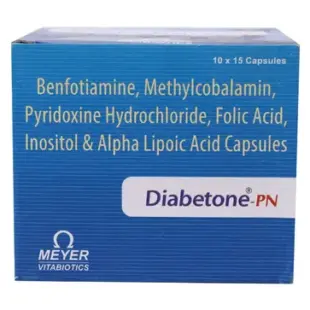

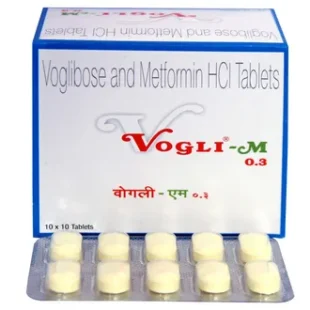
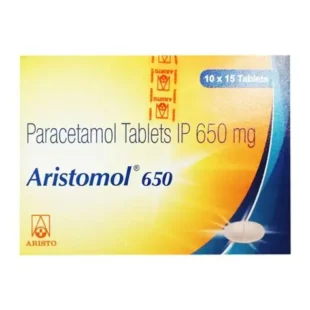


Reviews
There are no reviews yet.